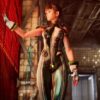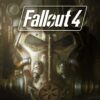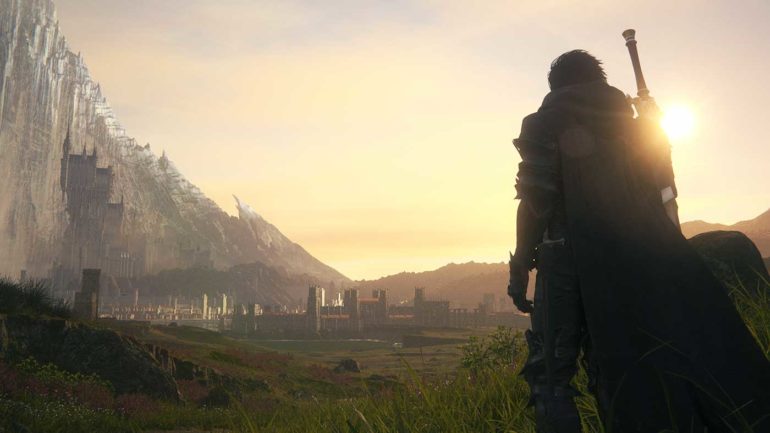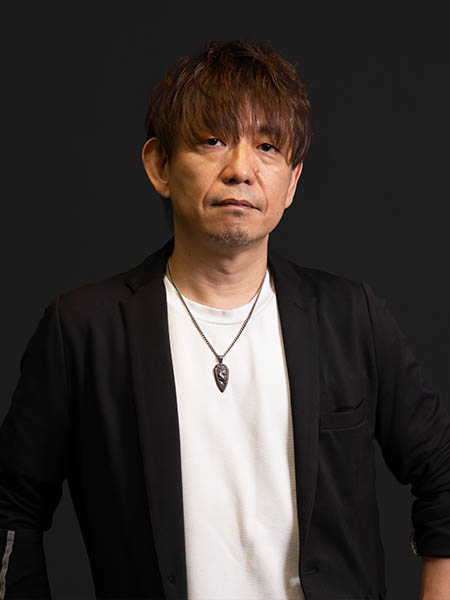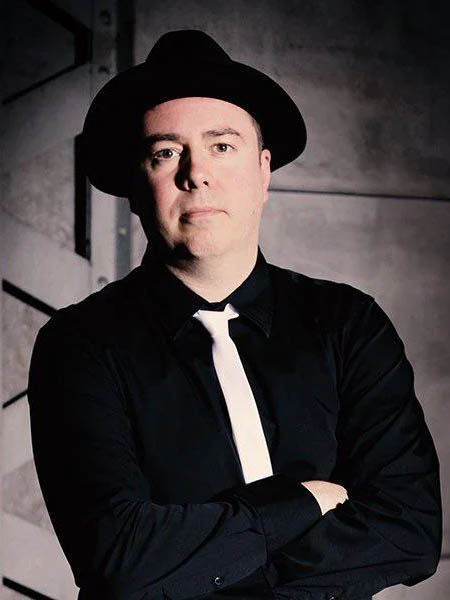Final Fantasy XVI, the next big mainline entry in the storied franchise, is approaching its release in mid-2023 as eager fans are slowly drip-fed new information and looks at the game. Most recently, the world was treated to the new Dominance trailer that gave us our best look yet at the game’s combat as well as the unique relationship between the game’s setting of Valisthea and the series’ staple summon creatures – here called Eikons.
It was with an invigorated interest in these Eikons and their place in Final Fantasy XVI’s lore and gameplay that I went into a very special chat with the game’s Producer, Naoki Yoshida, with Localisation Director, Michael-Christopher Koji Fox, alongside to translate. Final Fantasy fans will no doubt recognise Yoshida-san, affectionately known as Yoshi-P, and his team at Creative Business Unit III as being responsible for the mammoth success of the MMO Final Fantasy XIV and its critically-acclaimed expansions. That makes him a pretty busy guy, but even in the short time we had to talk it’s clear the passion that Yoshida-san has for crafting something special in Final Fantasy XVI while bucking a few conventions that the franchise has long held onto.
Naoki Yoshida (left) and Koji Fox (right)
We’ve whipped up a couple of separate pieces looking at the juicier bits of my chat with Yoshida and Fox that you can check out here, but read on for the interview in full:
The recent Dominance trailer put a big focus on summons, or Eikons, which traditionally have just been supporting characters in battle. How did Eikons come to be such a big part of FFXVI’s world and what do they mean to the game’s narrative?
Naoki Yoshida: To put it simply, the Eikons in Valisthea can kind of be compared to what you would call weapons of mass destruction or nuclear bombs. And so, within the world of Valisthea, there are a lot of different nations and each nation has one of their own Eikons with the being awakening inside a single individual, although the rules as to how and within who that Eikon awakens differs between them.
So the person in which that Eikon dwells, we call the Dominant, and they can summon forth the Eikon’s unparalleled power by literally changing into it. As you know in previous Final Fantasies, it would always be that you’d have a summoner job who would use magic to summon forth the being from a different plane, but this time that Dominant actually summons forth the Eikon’s power by becoming the Eikon themselves.
Another key word in our story is the Mother Crystals and these realms’ Mother Crystals are what you can call kind of like oil fields – in the term that they supply the land with the ether which is basically the energy which is used to to power magic.
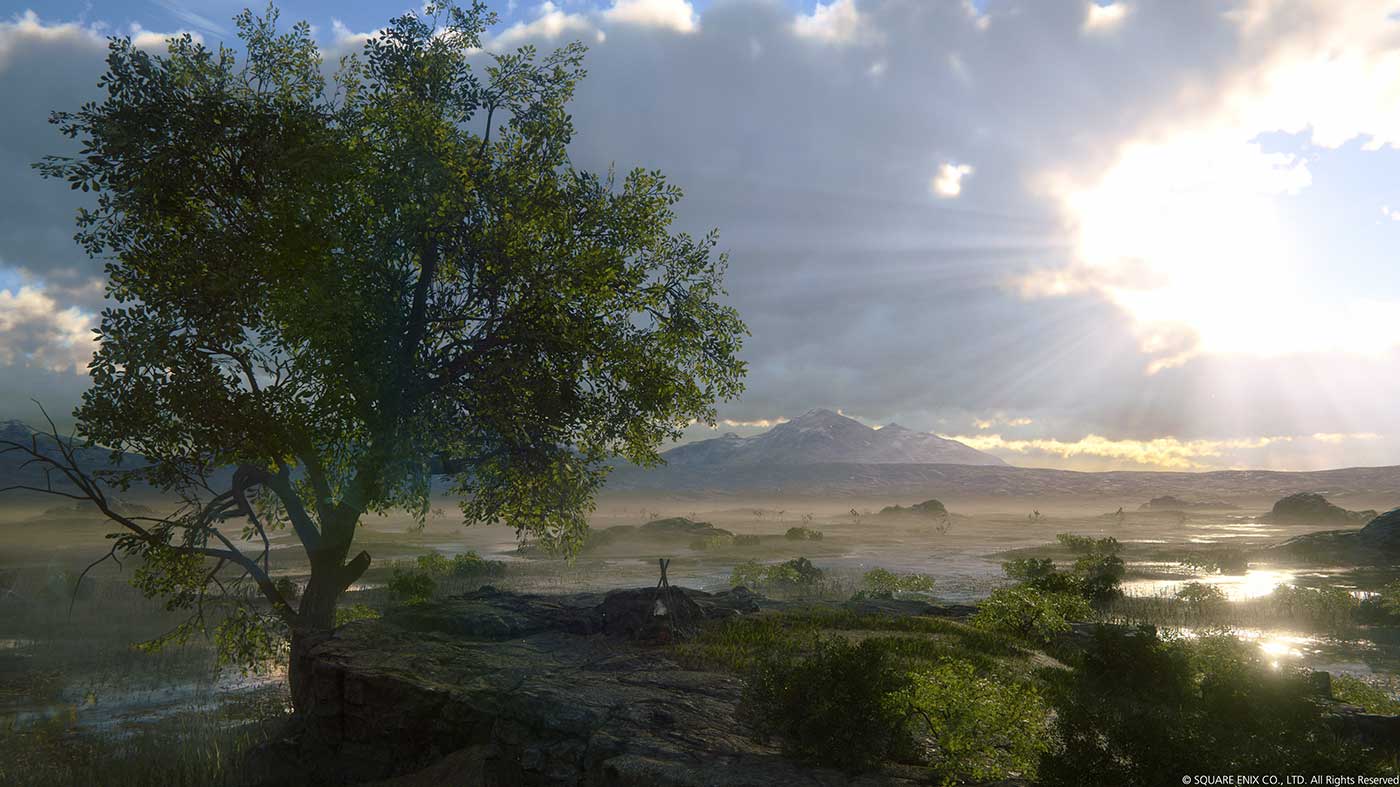
The thing is, though, that ether that’s contained in the Crystals has begun to dry up. And this has prompted some nations to basically try to invade other nations in an attempt to wrest away control of those remaining Mother Crystals. And up until now, the Eikons have never really been used, because again, they’re like nuclear bombs so you don’t use them. You just have them, and it creates this kind of standoff. But now, to wrest control of these Mother Crystals away from other nations, some nations have begun using and deploying these Eikons and basically bringing the realm into chaos, and that is one of our main focal points of our narrative.
And so as to exactly why we decided to make a game that revolved around summons, well, we thought it would be both unique and exciting to have a game where players could actually control a to-scale summon of their own as it is something that the series hasn’t really delved into and hasn’t really explored yet.
What motivated the team to revisit that darker and more “classic” fantasy theme rather than the modern or steampunk styles fans of recent Final Fantasy games?
Naoki Yoshida: As you know, one of the defining characteristics of the Final Fantasy series is that it tends to go through dramatic changes to its world, to its characters and to its battle systems with each entry.
That said, a lot of people that we spoke with during our recent round of user research that we did in conjunction with developing Final Fantasy XVI, this research mentioned that players were starting to notice that the style that’s been used in a lot of recent entries was starting to become a little bit static. Like you mentioned in your question, becoming very sci-fi heavy, and had kind of that same look. That was one reason why we decided to mix things up and return to a little bit more of a classic medieval fantasy style. Again, not just for the fans, but also for us as developers to do something that’s different than had been done in past years.
And while what I just told you is the main reason why we decided to go back to that classic medieval fantasy style, The other reason is simply that on our development team a lot of our core members, myself included, we simply just enjoy that style the best. And we really wanted to make a game of that style for us as well.
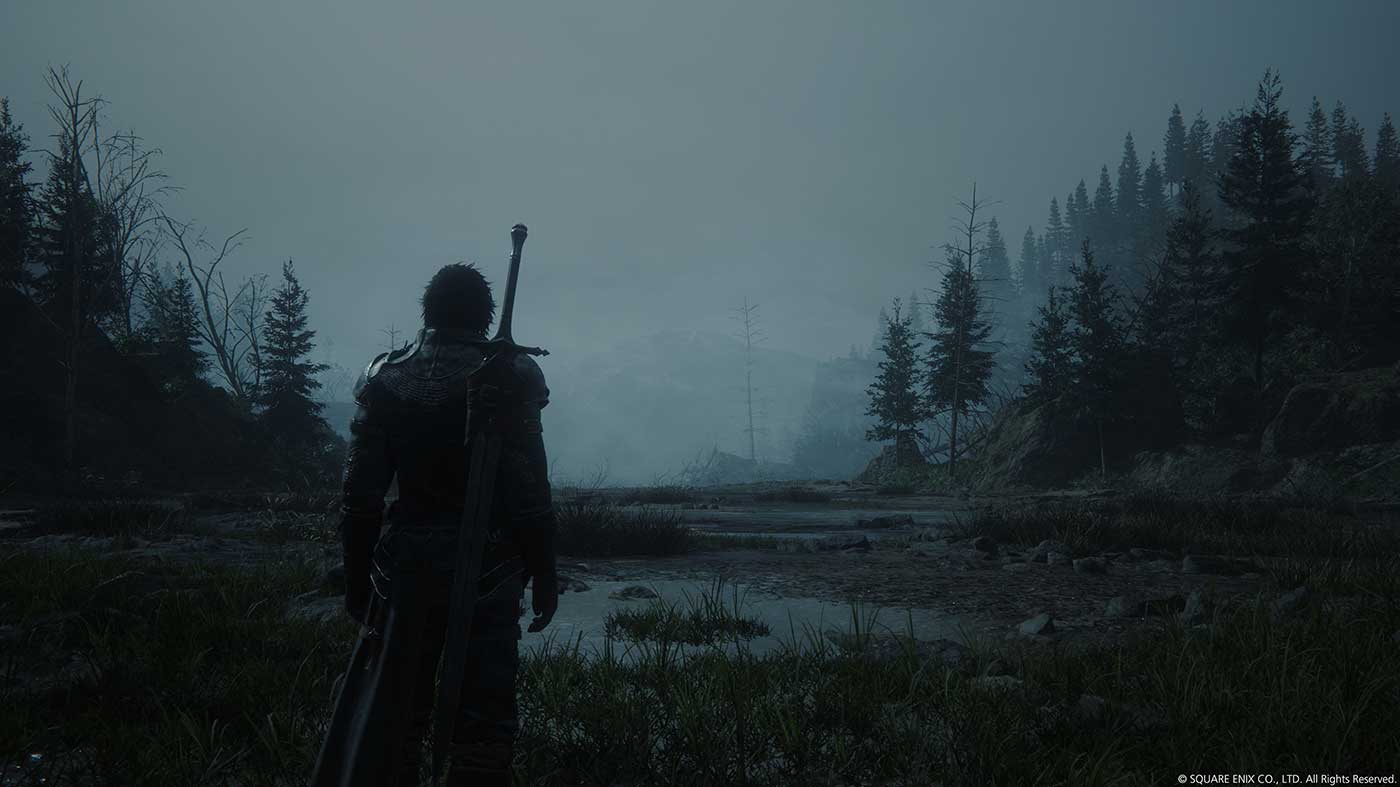
Combat in Final Fantasy XVI looks much more real-time and skill based than previous games, can you tell us a bit about how combat works and why you went in this direction?
Naoki Yoshida: To answer your question simply, for this entry into the series we are going to go with real time action for our battle system.
While the Final Fantasy series has used many different types of battle systems over its 35-year history, this will be the first mainline game in the series to incorporate this type of true action. And one of the reasons why we decided to go down this path and do this is to basically show that it could be done. Again, not just for the fans out there but for us as developers as well, to show the young developers within Square Enix that it’s okay to, you know, take this kind of challenge and make this kind of game, to take a new step in this direction. And we believe that this will allow more opportunities for the development team and for the series moving forward.
There’s another reason why we decided to go with this type of battle system, and the reason is a little bit more complicated. As the Final Fantasy series has been around for a long time, it has a lot of fans like I mentioned before, but these fans each have their own idea of what the games should incorporate and what they want and what they expect from the series. Some will say, you know, “Final Fantasy has to be turn-based” while others will say “No, no, Final Fantasy has to have cutting edge technology and have the greatest graphics,” but a lot of times these opinions clash and actually are the opposite of each other and maybe don’t go well together.
Having a very static turn based system with very, very realistic graphics doesn’t really meld that well together. And so basically it’s very difficult and even impossible to develop a Final Fantasy that includes everything that’s on everyone’s wish list.
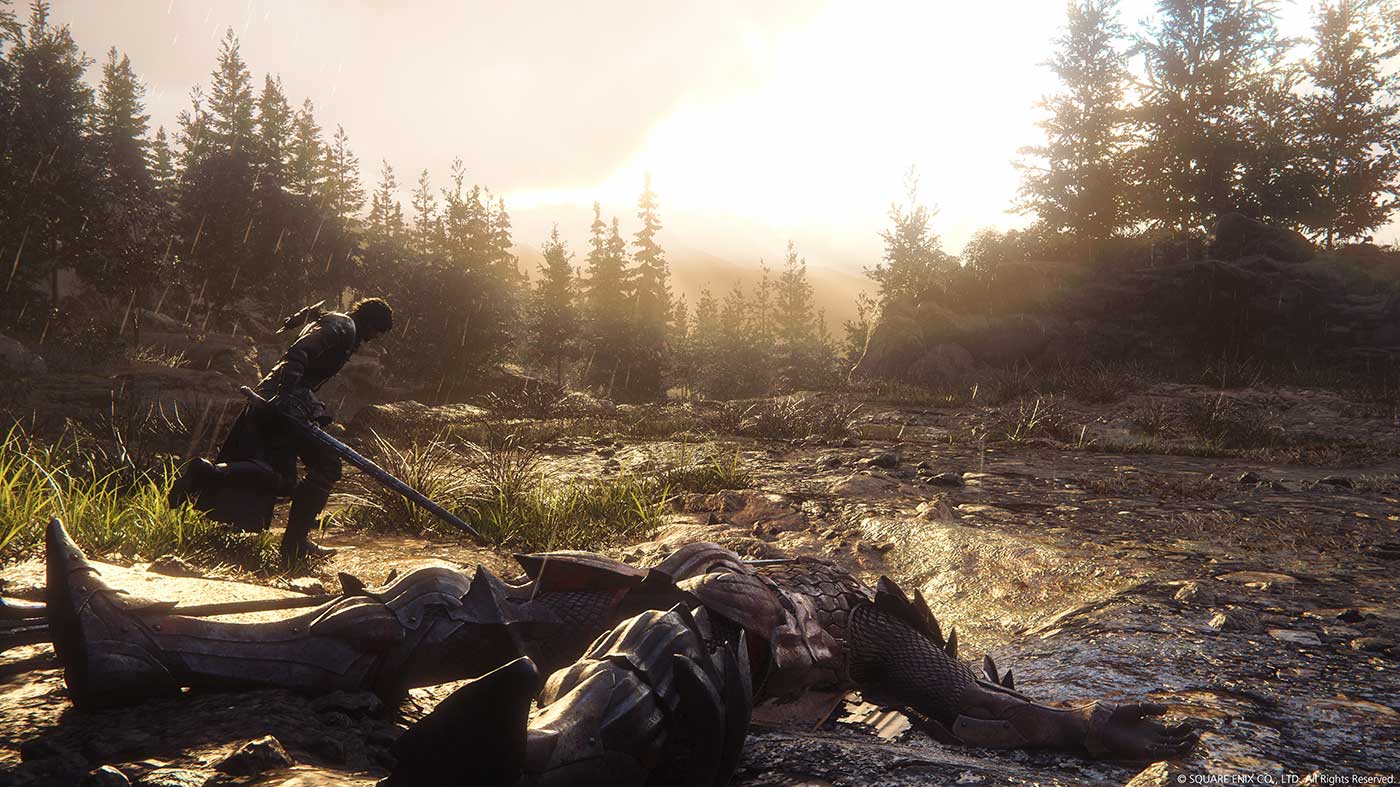
On the other hand, you have those players out there that maybe have never experienced a Final Fantasy game before. A lot of the younger gamers out there that don’t know anything about the series, or when they hear the name Final Fantasy they think “Oh yeah, that’s not a game for me, that’s a game for the older generation.” So we wanted to create something that could bring together the existing fans as well as that younger generation and those new gamers.
And so, to create a game that felt good for both existing fans and those new fans and to bring those together, we decided to make our main focus something that we feel has been a staple from of the series since the first game. Something that I felt when I played that first Final Fantasy. And that is making the game that feels like you’re playing a motion picture while incorporating the speed and excitement that one would experience or expect from an experience like that. And we felt that this fully real time action was necessary to achieve that.
In the trailer it looks as though Clive can switch between different styles or forms based on the Eikons, can you tell us about that system or how Clive gains these abilities?
Naoki Yoshida: As it’s a major plot point, I can’t really talk about how or why Clive can use the power of different Eikons. That said, I can tell you that he does use the power of the Eikons as was shown in the trailer, as you saw him swapping between the different abilities.
After claiming an Eikon’s power Clive will be able to unlock that Eikon’s abilities in what we can call an ‘ability tree’. And then Clive will earn points during regular battles and can use those points to further unlock abilities within that tree.
We want players to be able to use this system to customise their character to their own play style, to use these points to purchase abilities that they want to use or power up the abilities that they really enjoy using. That said, we also want players to be able to decide on something that really fits them and so, rather than having those those point decisions be final, we’re going to allow players the opportunity to refund those points at any time and as many times as they want so they can experiment with different builds until they come to one that suits their playstyle best without having to worry about starting over.
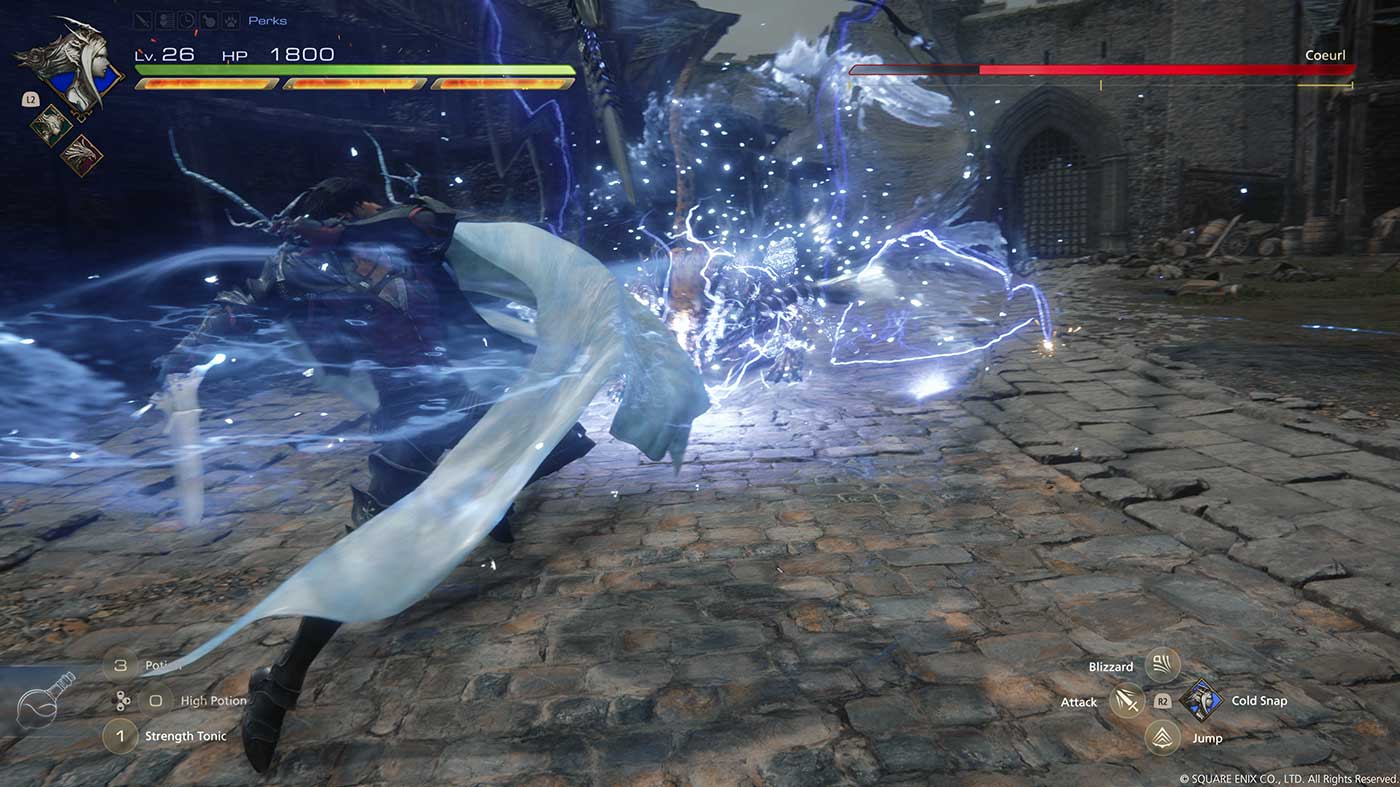
We also saw some exciting-looking battles between two Eikons. Where did the idea for these come from and are they something the player is actively involved in or able to influence?
Naoki Yoshida: This idea actually came before the company even asked me to work on Final Fantasy XVI. I think that idea originally came, I can’t remember if it was 2014 or 2015, but it was back during the Tokyo Game Show. And I was there at the Tokyo Game Show for the Final Fantasy XIV booth.
So during that time, I wasn’t just at the Final Fantasy XIV booth, but I was called to a lot of different other booths where I would go to, you know, talk on stage or talk with other directors or be a part of those things. And so I had to go from booth to booth (to booth to booth) during that show. While it’s changed recently because of the Coronavirus and all the restrictions back then, you know, there were tonnes of people and it was ridiculously packed.
And so when I was fighting my way through the crowded venue to another booth I looked up and I saw these giant balloons, one was a Chocobo and one was a Moogle, and I thought at that time, “Man, if I was as big as those balloons, if I was as big as Ifrit I could just take one step and go from here to the place that I wanted to be and pass all of these people.”
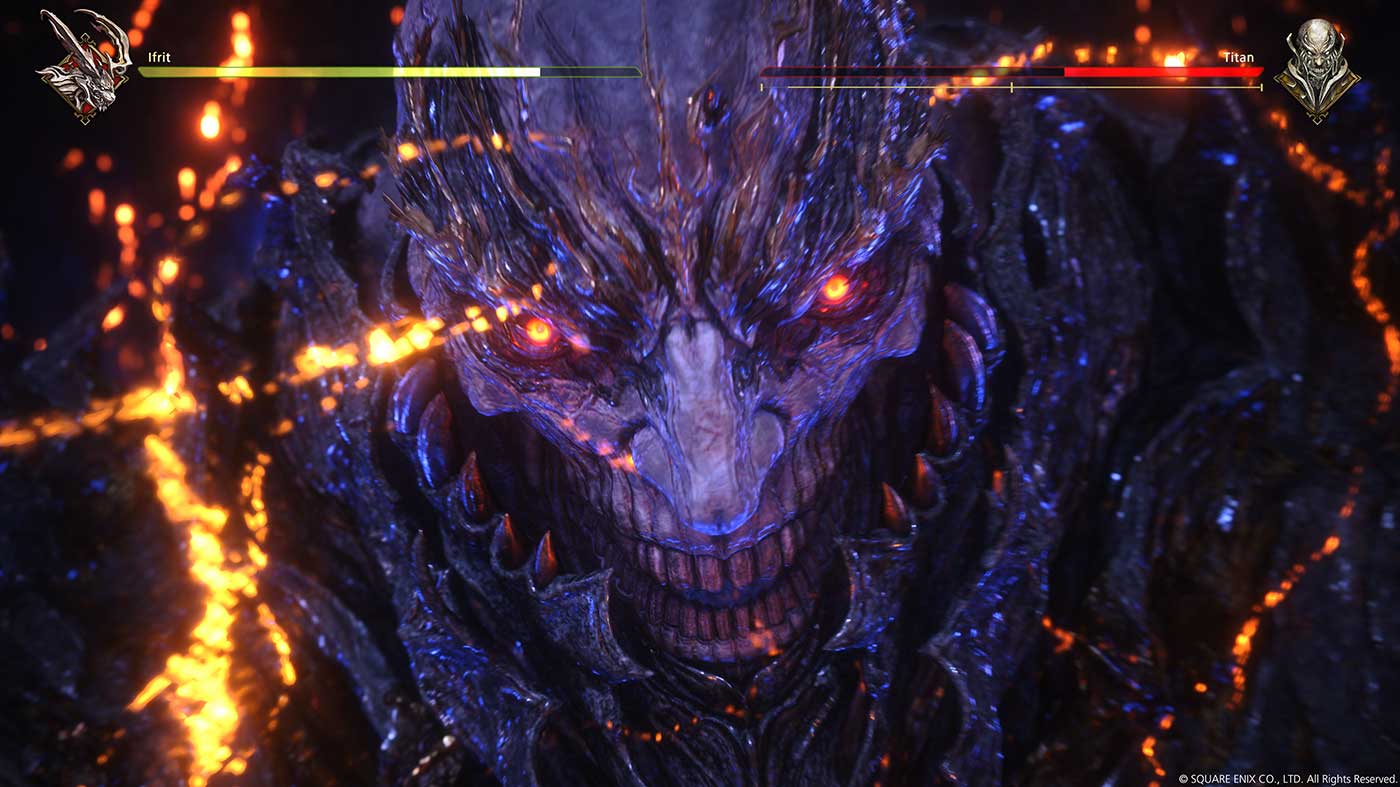
That idea kind of snowballed into this, “Okay, but if I could turn into a summon and be that, wouldn’t that be kind of an interesting game? You know, you start off as small but rather than summoning a summon you could become a summon yourself – become large, fight things, fight other summons.” And it kind of snowballed from there into this idea that if I was ever to maybe make the next game I could do this. But then again, this is all before I was even asked to make Final Fantasy XVI.
And so realising that in the game now has kind of been what we’ve been working on. In Final Fantasy XVI players will not only get to fight against giant Eikons in Clive’s small human form, but will have the opportunity to you grow as large as an Eikon and become the Eikon themselves and fight other Eikons in that manner.
These massive scale battles, and the changing of their scales from small to large will all play out in real time, kind of connecting the action, the cutscenes and the dialogue and story all together seamlessly without any loading times, creating this exciting roller coaster type of ride that we don’t think players will find anywhere else.
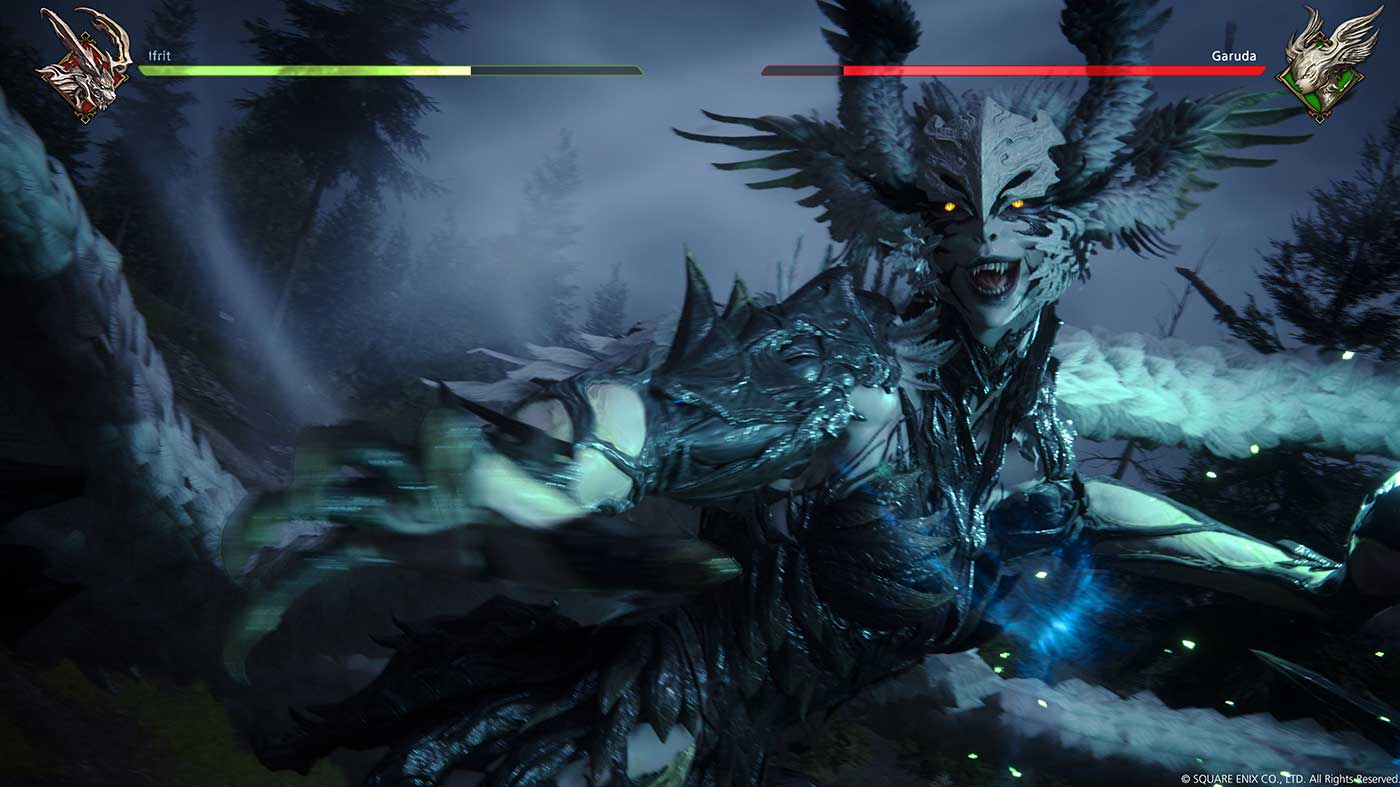
An enormous and heartfelt thanks to Square Enix, Bandai Namco Australia and Naoki Yoshida and Koji Fox for taking the time to make this interview happen!
